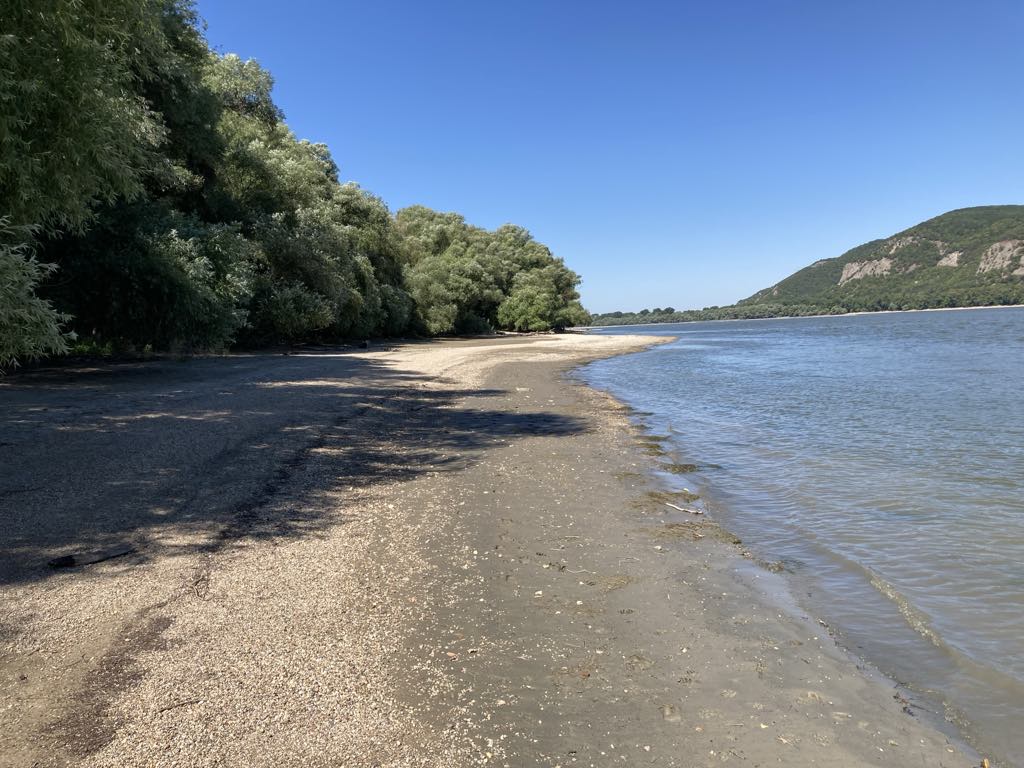Hungary is no stranger to dramatic shifts in weather, but the latest climate data paints a worrying picture: the heart of Central Europe is warming and drying out faster than almost any other region on the continent. For a country known for its fertile plains, world-class agriculture, and scenic landscapes, this rapid change is more than a meteorological curiosity—it is a matter of national urgency.
The Fastest-Warming Region in Europe
Over the past five decades, Hungary and much of the surrounding Carpathian Basin have experienced a steep climb in average summer temperatures. In fact, some studies show a 3–4°C increase since the 1970s—well above the global average. These temperature rises are paired with dramatically decreasing rainfall: summer precipitation has dropped by as much as 25–40%, turning once-reliable rivers and lakes into unpredictable—or even vanishing—features of the landscape.
But why is Hungary heating up so quickly? The answer lies in the shifting dynamics of European climate zones. Western and Northern Europe traditionally benefit from the moderating influence of the Atlantic Ocean and its cycling weather fronts. These systems tend to buffer extreme temperature rises. Hungary, by contrast, finds itself on the sharp edge of continental climate patterns. Continentality—the tendency for climates far from the sea to swing between extremes—has only intensified, accelerating temperature surges and prolonged dry spells.
The Cost of Drought and Heat
For much of Hungary, the combination of more intense heat and less dependable rainfall is more than uncomfortable—it’s destructive. Prolonged droughts have already dealt blows to the country’s agricultural sector, cutting expected yields and threatening food security. Entire seasons can now pass with barely any significant rainfall, a phenomenon once considered rare. When rain does come, it often falls in short, violent bursts, sometimes causing flash floods but doing little to replenish deep soil moisture.
Moreover, aquatic life, local wildlife, and human communities alike are feeling the stress. Water shortages have become more frequent, and the pressure on municipal and regional water management grows year by year. Farmers face hard decisions: what to plant, whether to irrigate, or even whether to continue at all.
Why Urgent Adaptation Is Needed
Scientific voices in Hungary and across Europe are growing louder, calling for urgent and comprehensive adaptation strategies. Mitigation—reducing global greenhouse gases—remains a priority, but Hungary’s climate trajectory shows adaptation is no longer optional.
Key adaptation measures include:
- Revamping water management: Building up local water retention systems, restoring rivers and wetlands, and modernizing irrigation.
- Drought-resistant agriculture: Introducing crop varieties and farming methods better suited to longer, hotter, and drier summers.
- Urban planning: Redesigning cities to retain water, reduce heat, and make green spaces a part of climate resilience.
- Community engagement: Enlisting citizens in water-saving strategies, and sharing actionable climate knowledge at every level of society.
A Wake-Up Call
The trend is clear: if Hungary is the canary in the coal mine for Europe’s climate, the warning should not be ignored. While adaptation will require investment and innovation, it also provides an opportunity to lead the region in climate resilience—transforming climate challenge into a new kind of strength.
Hungary’s fate is a stark reminder: the effects of climate change are neither distant nor abstract. They are here, shaping the fields and cities right now. The time to act is not tomorrow, but today. (CIVILHETES)




